Mongchon Museum of History (몽촌역사관)
13.4Km 2021-08-13
424, Olympic-ro, Songpa-gu, Seoul
+82-2-2152-5900
The Mongchon Museum of History, located within Olympic Park, displays artifacts from the excavations of Mongchontoseong Fortress, such as earthen fortifications as well as other artifacts of the Baekje Kingdom period, offering a glimpse into Baekje culture. A model of a Baekje dugout hut site reveals ancient dwelling patterns. Also, the facility displays a perfectly preserved model of ancient houses and tombs, giving visitors the feel of traveling back to prehistoric ages.
Eunhangnamujip (은행나무집)
13.4Km 2021-06-30
30, Eulji-ro, 43-gil, Jung-gu, Seoul
+82-2-2273-0160
The favorite store of office workers. The best menu at this restaurant is marinated grilled beef ribs. This is a Korean cuisine located in Dongdaemun Gate, Seoul.
JDX - Jongno Branch [Tax Refund Shop] (JDX 종로)
13.5Km 2024-04-19
1F, 236-1, Jong-ro, Jongno-gu, Seoul
-
Cheonggyecheon Stream (청계천)
13.5Km 2024-05-16
Changsin-dong, Jongno-gu, Seoul
+82-2-2290-7111
Cheonggye Plaza was built on Sejong-ro Street, where Cheonggyecheon Stream begins. It was built between Dong-A Ilbo, the starting point of the Cheonggyecheon Stream restoration, and Sindap Railroad Bridge, with a length of 160 meters, a x_width of 50 meters, and a total area of 6,962 meters squared. The plaza is decorated with fountains, waterfalls, and walking paths. It was created as a place for meetings, harmony, peace, and unification, to celebrate the significance of the restoration of Cheonggyecheon Stream. A miniaturized version of Cheonggyecheon Stream is displayed here, providing an overview of the restored stream. There are also interpretive panels about the 22 bridges that cross Cheonggyecheon stream. Fountains of various shapes create beautiful scenery. Cheonggyecheon Stream is accessible from the square through stairs on the left and Cheonggye Trail on the right. There is also an 18-meter tunnel on the Cheonggye Trail, providing a unique experience for citizens entering Cheonggyecheon Stream from the plaza. After constructing Cheonggyecheon Plaza, the Seoul Metropolitan Government made it a car-free street on public holidays so that the plaza, waterside area, and streets could be used as cultural spaces for citizens to relax. A spectacular sight is created by three-color lights illuminating the fountains and a two-tiered waterfall coming down from a x_height of four meters. Palseokdam, made of eight stones from eight provinces in Korea, was laid along the waterfall's sides.
Jinhyang Jokbal (진향족발)
13.5Km 2024-10-15
231-1, Jong-ro, Jongno-gu, Seoul
+82-2-745-5533
A pig's trotter(s) specialty restaurant located near Jongno 5(o)ga Station in Seoul. One of the top 5 jokbal (pig's trotter) restaurants in Seoul. This restaurant's signature menu is braised pigs' feet.
CAPO FOOTBALL STORE[Korea Quality]/카포 풋볼 스토어[한국관광 품질인증]
13.5Km 2024-08-20
282 , Eulji-ro, Jung-gu, Seoul
+82-10-8922-7981
Located in Eulji-ro, Jung-gu, Seoul, Capo Football store is the largest football store in Korea. It stocks football boots of various levels, plus fan wear, uniforms, and training wear. On the 5th floor, a customer lounge provides free coffee, a football book cafe, a PlayStation for enjoying FIFA games, table soccer, and an exhibition of capo collections.
Goodmorning City (굿모닝시티)
13.5Km 2020-05-09
247, Jangchungdan-ro, Jung-gu, Seoul
+82-2-2118-8700
Opened in November 2008, Goodmorning City is one of the largest shopping malls in Korea. It is located near the Dongdaemun History & Culture Park Station and is directly linked to other shopping malls in Dongdaemun.
The mall is comprised of 23 floors and over 700 stores, offering visitors virtually every kind of product—from fashion accessories to electronics. With a variety of stores and amenities, Goodmorning City is truly a comprehensive shopping mall that provides visitors with an amazing shopping and entertainment experience.
Gwanghuimun Gate (광희문)
13.5Km 2021-02-24
344, Toegye-ro, Jung-gu, Seoul
+82-2-3700-3900
Gwanghuimun Gate is said to have been originally constructed in 1396, the 5th year of King Taejo, at the southeast of the capital city. It was often referred to as Sugumun Gate (water channel gate) and was actually used as a Sigumun, literally meaning “corpse gate,” as funeral processions passed through this gate when exiting to the east.
During the Imjin War (1592-1598), the fortress gate was destroyed to such a degree that it made finding the original location close to impossible. Nevertheless, reconstruction efforts were started in 1711 (37th year of King Sukjong) and the gate was restored together with the gate's watchtower. Gwanghuimun Gate remained intact even when the fortress walls were demolished to build tram tracks during the Japanese occupation, but it was later damaged during the Korean War and left neglected. In 1975, restoration work was carried out to relocate Gwanghuimun Gate to a site 15 meters south of its original location since it stood in the middle of the road.
Bukhansanseong Fortress (북한산성)
13.5Km 2020-03-26
375, Daeseomun-gil, Deogyang-gu, Goyang-si, Gyeonggi-do
+82-31-968-5325
First built in 132 during the Baekje era (18 BC-AD 660) under King Gaeru's reign, Bukhansanseong Fortress was the northernmost fortress that protected Baekje from Goguryeo's forces. In the year 475, the fortress fell in the hands of Gogyuryeo after a fierce battle. As a result, King Gaeru was killed and Baekje's princess fled to Ungjinseong Fortress. Despite the fortress' collapse and reconstructions, Bukhansanseong Fortress continued to play an important role in protecting the capital city throughout Korea's history of war.
Brown Chicken (브라운치킨)
13.5Km 2021-03-18
15, Eulji-ro, 43-gil, Jung-gu, Seoul
+82-2-2275-9972
Try fried chicken, one of Korea’s representative dishes. The most famous menu is fried chicken. A chicken specialty restaurant located in Dongdaemun Gate, Seoul.
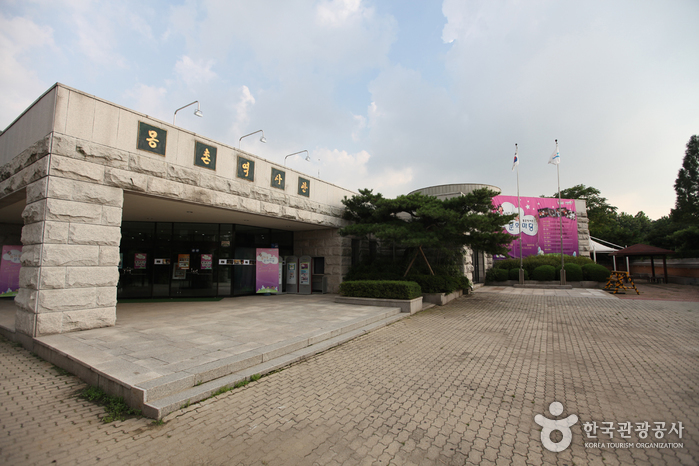
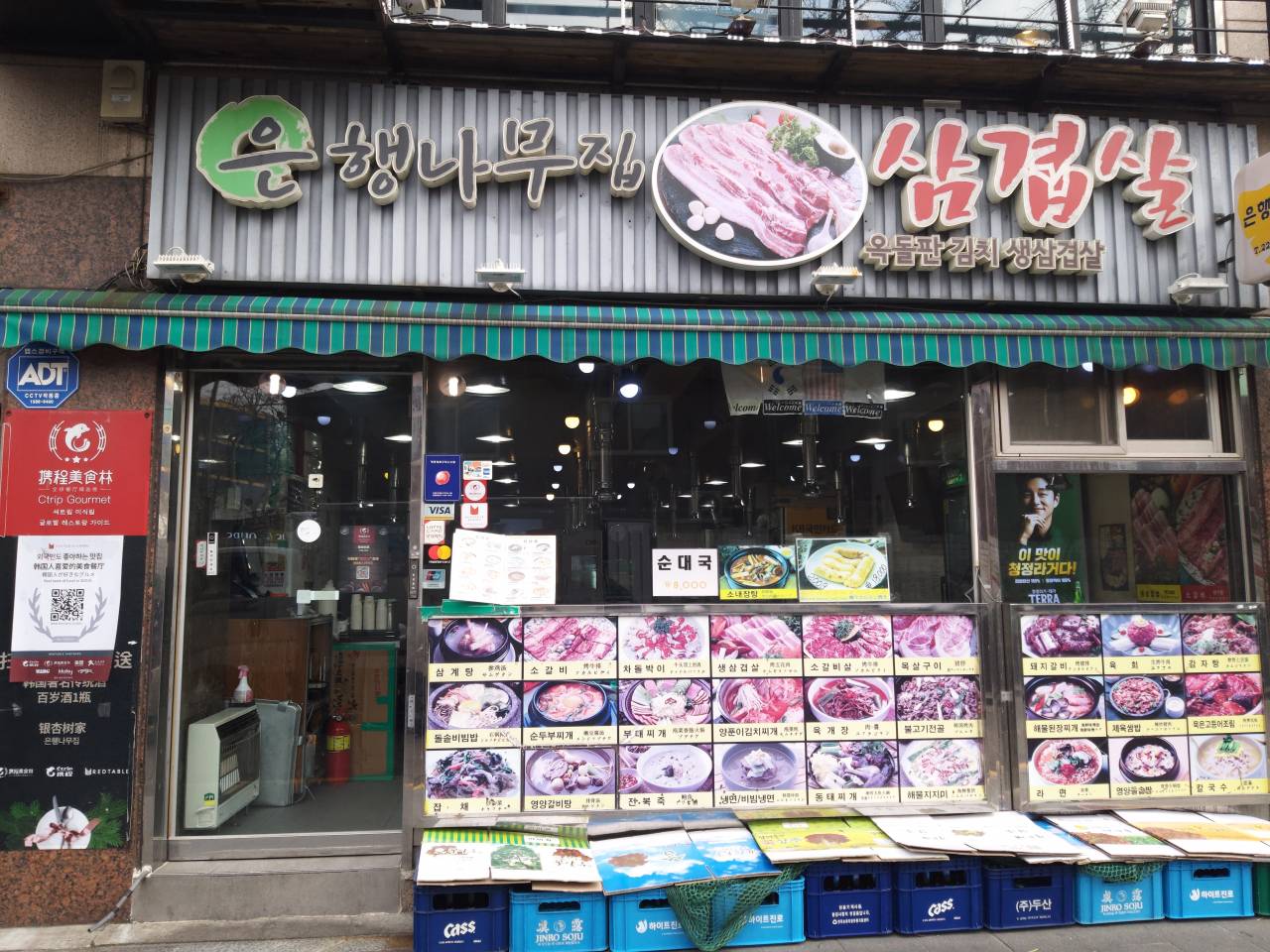

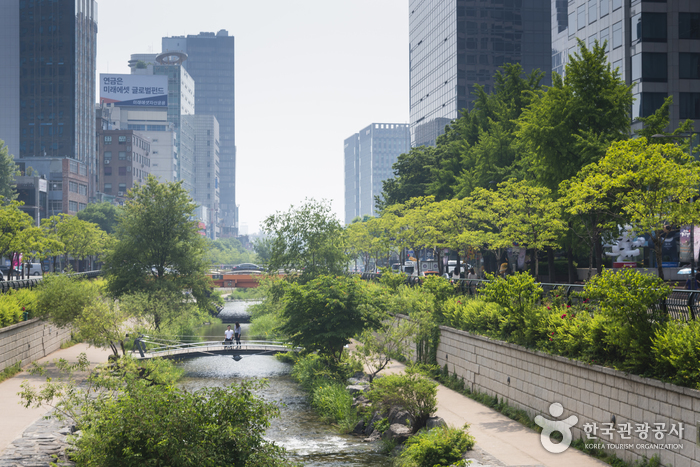
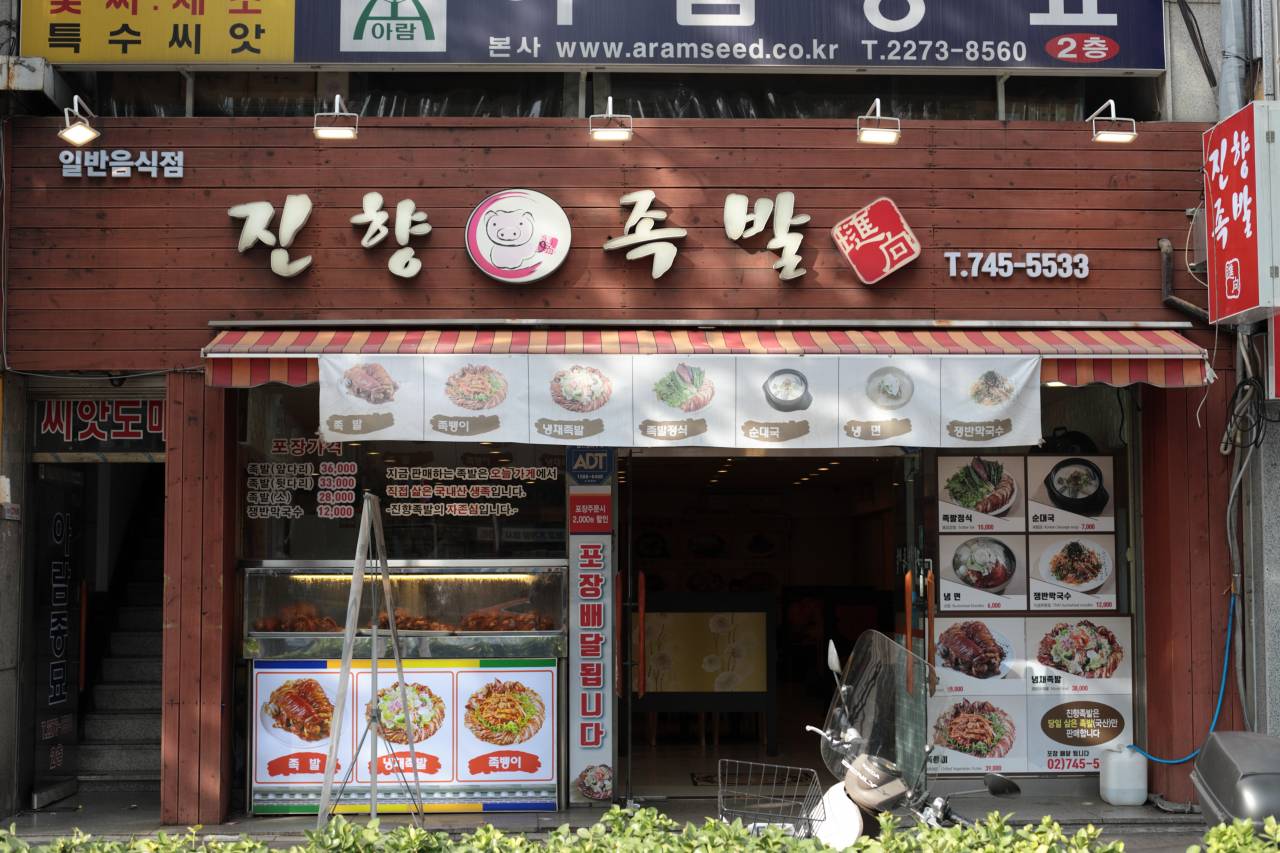
![CAPO FOOTBALL STORE[Korea Quality]/카포 풋볼 스토어[한국관광 품질인증]](http://tong.visitkorea.or.kr/cms/resource/88/2591988_image2_1.jpg)
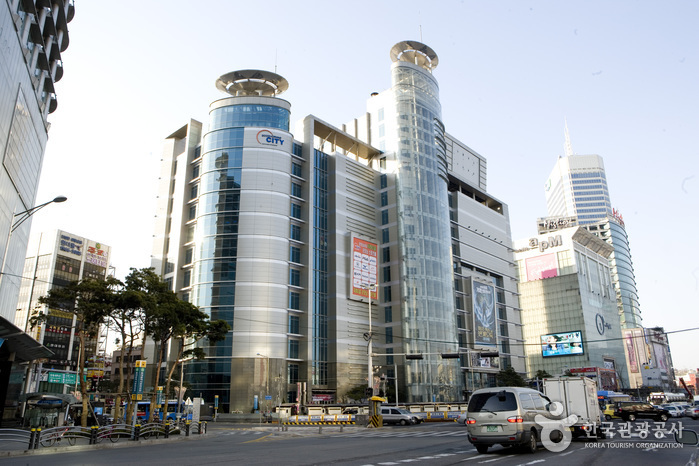
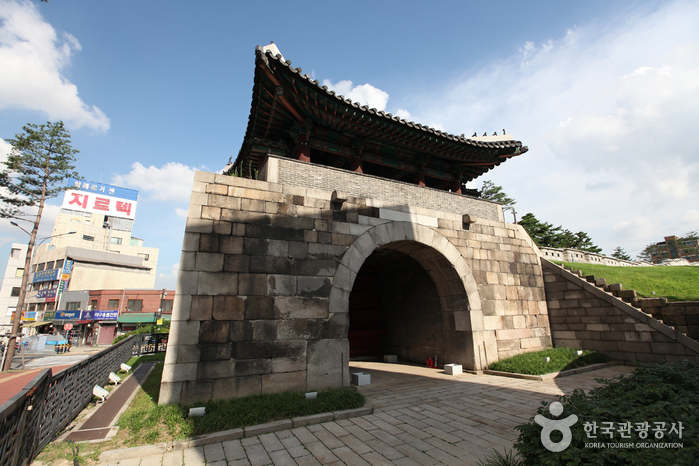
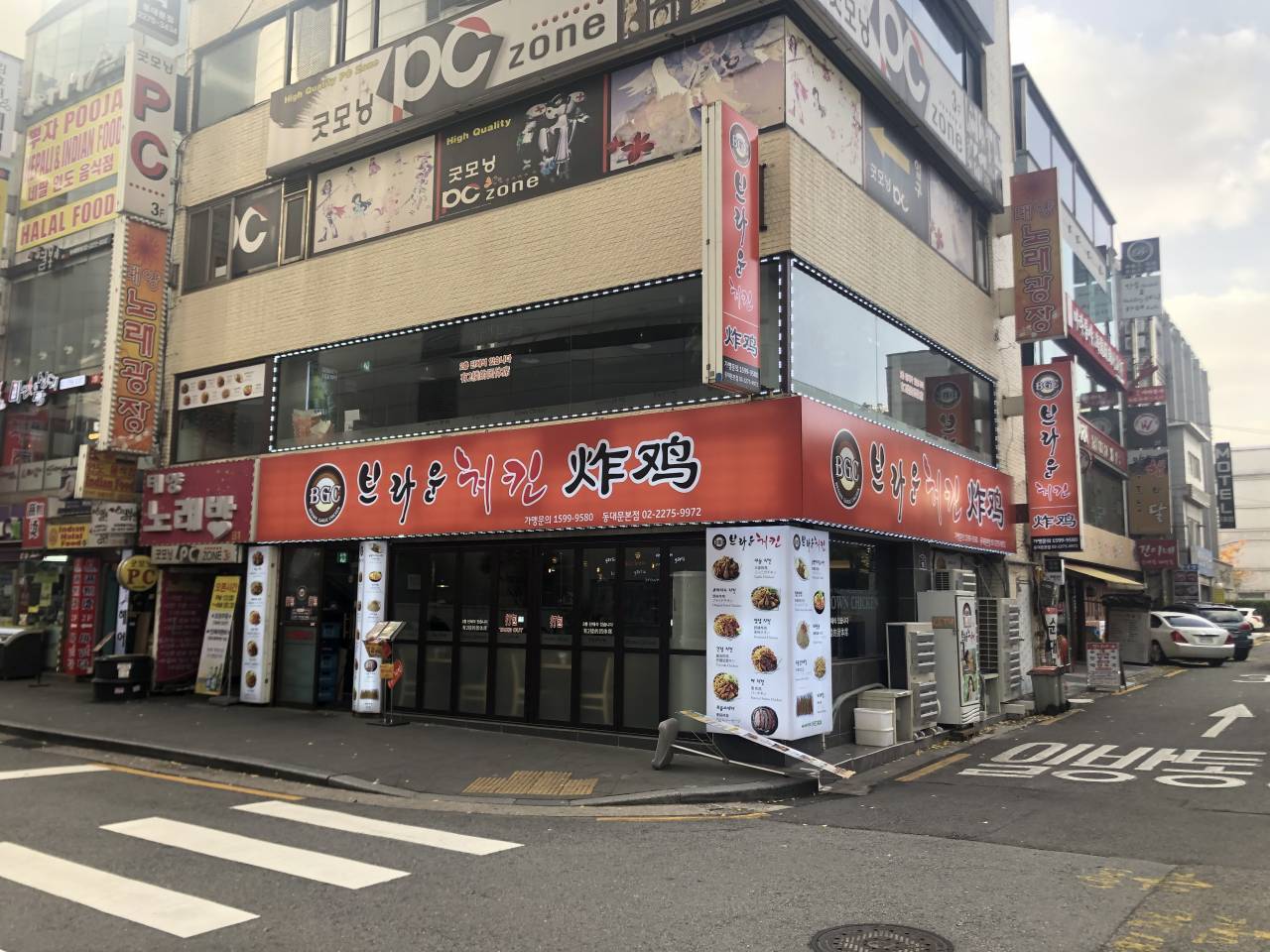
 English
English
 한국어
한국어 日本語
日本語 中文(简体)
中文(简体) Deutsch
Deutsch Français
Français Español
Español Русский
Русский